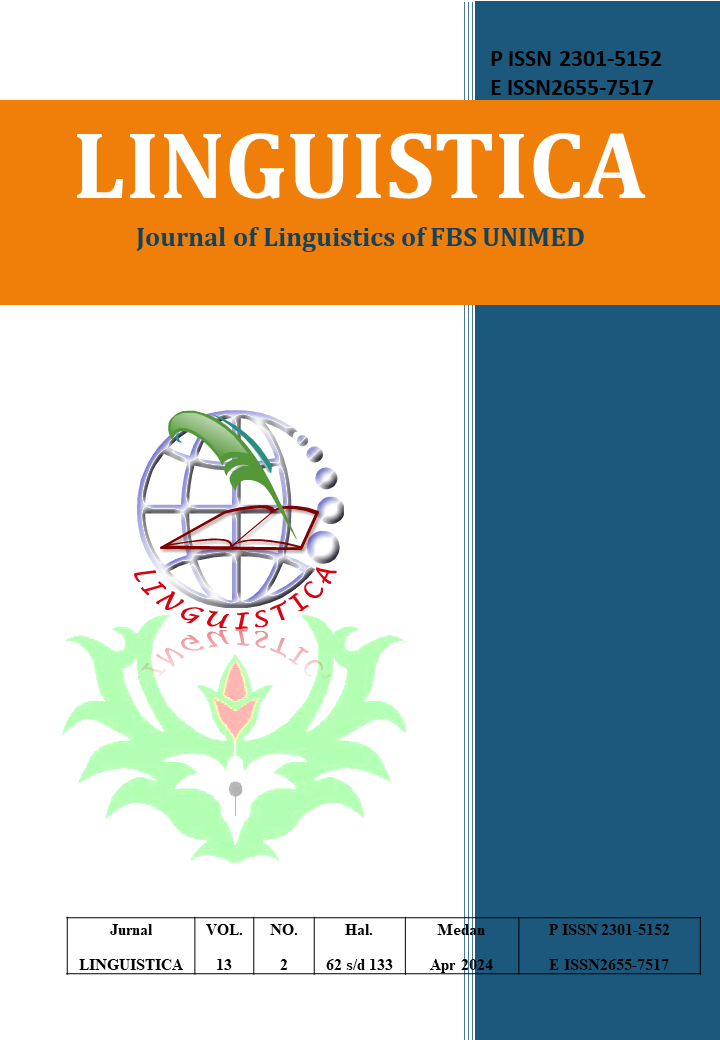TABOO AND SWEAR WORDS IN HEARTBREAK HIGH SERIES
DOI:
https://doi.org/10.24114/jalu.v13i2.57915Abstract
This study aims to identify the types of taboo and swear words and analyze their realization by the main characters in the Heartbreak High Series. This study utilizes a descriptive qualitative method, extracting data from the series, in the form of utterances, dialogues, and conversations that contain taboo and swear words. The findings revealed that four types of taboo words found in the Heartbreak High series realized by the main characters: lavatory (28%), private parts of the body (11%), religion (9%), sexual activity (43%), with an additional (9%) that does not align with Swan™s theory (1995). Additionally, this study categorizes swear words in the series into two categories. First are strong swear words, and second is weak swear words. Strong swear words consist of exclamations of annoyance (17%), exclamations of surprise (8%), exclamations of unconcern (2%), insults (33%), insulting request to go away (9%), emphasize an emotion (25%), surprise question (5%) and violent refusal/rejection (1%). Weak swear words consist of exclamations of annoyance (18%), exclamations of surprise (46%), and exclamations of emotion (36%). The emotional conditions of the main characters while using the swear words are joy, surprise, sadness, anger, fear, and hatred.Downloads
Published
2024-05-05
Issue
Section
Articles
License
Copyright (c) 2024 ABDUL RAHIM, FAUZIAH KHAIRANI

This work is licensed under a Creative Commons Attribution-ShareAlike 4.0 International License.
Authors who publish with this journal agree to the following terms:
- Authors retain copyright and grant the journal the right of first publication with the work simultaneously licensed under a Creative Commons Attribution License that allows others to share the work with an acknowledgment of the work's authorship and initial publication in this journal.
- Authors are able to enter into separate, additional contractual arrangements for the non-exclusive distribution of the journal's published version of the work (e.g., post it to an institutional repository or publish it in a book), with an acknowledgment of its initial publication in this journal.
- Authors are permitted and encouraged to post their work online (e.g., in institutional repositories or on their website) prior to and during the submission process, as it can lead to productive exchanges, as well as earlier and greater citation of published work (See The Effect of Open Access).
- This work is licensed under a Creative Commons Attribution-ShareAlike 4.0 International License.

